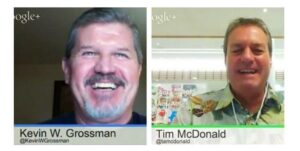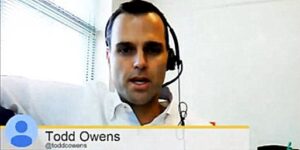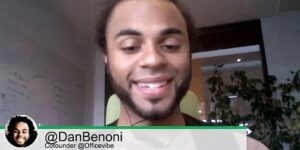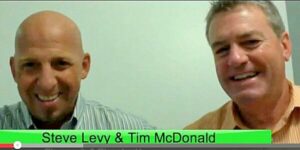
Survival Tips for HR Departments of One
How can one person successfully juggle multiple HR responsibilities? Suggestions from a professional who has made it work

How can one person successfully juggle multiple HR responsibilities? Suggestions from a professional who has made it work

How can you select the best talent to drive corporate entrepreneurship? Look for these 7 key traits

Recent headlines suggested that workforce wellness has failed. But “Wellness 2.0” is rewriting that story. What’s new? Read more

Can you believe #TChat has been going strong for three years? Time flies on the stream! Let’s talk about the future of social learning and your thoughts on community

Are technology and innovation like love and marriage? If you care about the future of work, look closer at this special relationship

Once in awhile we come face-to-face with reminders that HR really has come a long way, baby

Mobile recruiting is on the rise. What about mobile hiring? The TalentCulture community talks with HR technology experts

You don’t know you need outplacement until you really need it. However, it’s never too soon to pick a provider — here’s why.

Business leaders who truly want to engage employees look beyond the obvious. Meghan M. Biro outlines 5 core questions companies should answer

Next-generation leaders have landed, with technology as a constant companion. What should we expect for the future of business?

Engagement is the fruit of ongoing relationships and healthy workplace cultures. How can gamification help?

If you think the road ahead looks rough for Generation Y careers, you’re right. Just do the math. What will it take to help Millennials succeed?

When you’re filling open positions, it’s wise to pay attention to all job seekers — even if they aren’t a fit. Here are 4 reasons why — and tips to help

What’s the business value of positive psychology? Research suggests that it could be much more powerful in driving workplace performance than we think

Does “fun” fit into your vision of the ideal workplace? Are game-based models really effective at driving employee engagement? Let’s talk about it with several business culture innovators

The world of work is growing more complex and interesting all the time. Who are tomorrow’s leaders and how can they prepare today? Our community speaks…

What makes an effective leader? Dan Newman, author of “The Millennial CEO,” helps us take a closer look…

Is Gen X really the “forgotten generation”? If so, what does that mean as the next wave of leaders must step in to lead the world of work?

Age discrimination has no place at work — and yet it persists. Why? What should we do? The TalentCulture community speaks…

Do you want to lead others? Start by leaving behind age stereotypes that keep us all from getting ahead. Try these 5 steps

We’re excited to transform organizational cultures — hand-in-hand with a dynamic leader in workforce engagement! Learn more about our partnership…

Want loyalty and engagement from your employees? If you’re a leader, the best place to look for solutions may be in your own leadership style

This week, #TChat offers 3 ways to play! We marry old school with new tech, and hopefully advance workplace culture and practices for everyone

Are employers unintentionally losing competitive steam by overlooking talent that lives at the margins? Could a more inclusive world of work boost innovation?

Don’t miss the hot ticket at this year’s HR Tech Conference, as #TChat goes live with experts at a very special Employee Engagement Roundtable. Join the conversation October 7!